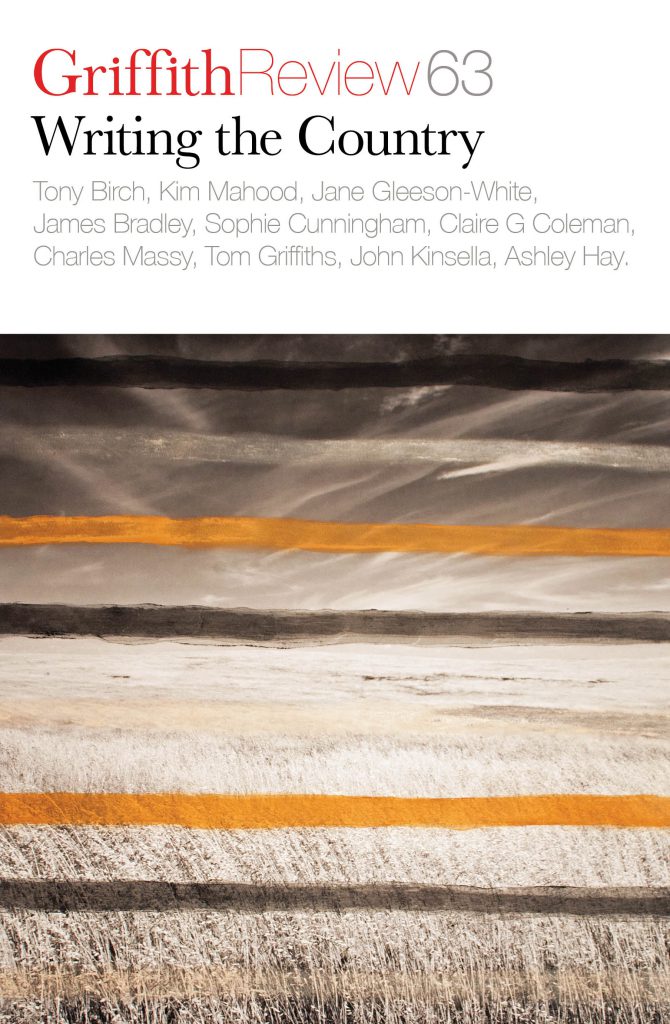Featured in

- Published 20190205
- ISBN: 9781925773408
- Extent: 264pp
- Paperback (234 x 153mm), eBook

Already a subscriber? Sign in here
If you are an educator or student wishing to access content for study purposes please contact us at griffithreview@griffith.edu.au
Share article
More from author

Blue crane
FictionListen to Inga Simpson read ‘Blue crane’. THOSE FIRST WEEKS Sally walked the beach, it went unread. She saw only a scallop of yellow sand edged with dark...
More from this edition

Pulling down fences
GR OnlineAboriginal and Torres Strait Islander people are advised that this article contains the names of people who have died. In 2012, researchers Susan Forde, Kerrie...

Rebuilding reefs, restoring memory
EssayAS A HISTORIAN I’m not used to this sort of archive. It’s a freezing spring morning in Clifton Springs, near Geelong, and I’m elbow deep...

Bobby Moses
FictionHUNTER DAY PARKED the police car on the side of the road under a 200-year-old ironbark. He left the engine humming with the aircon...